
[ad_1]
Heat styling seems like a daily thing to do until the side effects start kicking in. Exposing your hair to excessive heat when you blow dry or style your hair into several beautiful hairstyles puts your hair health at risk.
Are you struggling with heat damaged hair? Maybe you’re ready to know what caused it and looking for ways to prevent your hair from heat damage. Look no further!
This blog post provides a complete guide on everything you need to know about heat damaged hair, its causes, and signs that you want to look out for. Keep reading to discover reliable treatment options that you can consider to repair damaged hair.
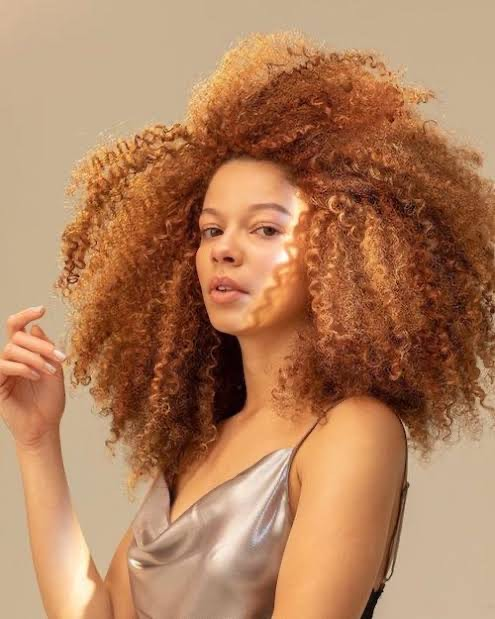
What Happens Once Your Hair is Heat Damaged?
Heat damage alters everything that protects the hair and keeps it healthy. Once your hair is heat-damaged, it will lose its elasticity.
You might start losing hair because the hair shaft has become so weak that it will begin to fall off when you comb or style it. You will also notice more split ends.
This happens because the heat damage has broken your hair’s protein bonds and cuticle, weakening the inner cortex’s ability to resist damage.
3 Levels of Heat Damage on Hair That You Need to Know
Knowing the levels of heat damaged hair is important because they require different treatments to manage them.
Level 1: Mild Damage
As the name implies, this is the initial stage, with little signs that might go unrecognized. Signs of mildly damaged hair include slight dryness and a few split ends.
Level 2: Moderate Damage
At this stage, the signs are more evident. Compared to the first damage level, you might notice more split ends, loss of hair elasticity, dullness, and dryness.
Level 3: Severe Damage
This advanced stage is difficult to correct because the heat damaging effect is massive. The signs of severely damaged hair include the inability of the hair to retain moisture, extensive breakage, high dryness, and a change in hair texture.
What are the Signs of Heat Damaged Hair?
Your hair strands have three elements, which are the medulla (the innermost layer of the hair), cortex (responsible for keeping your hair healthy and strong), and cuticle (the outer layer of the hair).
While these three elements contribute to overall healthy hair, heat exposure damages the cuticle, and compromises the strength and elasticity of your hair.
Of course, there are certain signs of heat damaged hair you want to look out for. They include:
Rough Texture
One of the signs of heat damaged hair is the change in texture. Compared to the regular silky and smooth feel, damaged straight hair feels stringy and lifeless even after it has been washed.
You want to run your hands through your hair to check how smooth it is without tangling or clumping at the ends. When naturally bouncy, curly hair gets damaged, it loses its spring and won’t bounce as it should.
All in all, the width and thickness of your hair might also change.

Dry Hair
Our hair has natural oils that protect and strengthen the hair while maintaining its texture. However, your hair loses moisture from the water molecules in your hair and the oils when exposed to excessive heat from heat styling or everyday air drying.
You also want to check the ability of your hair to retain moisture. Heat damaged hair can’t retain moisture, causing low porosity, so you might notice constant breakage and a dry scalp.
Apart from the dryness, heat damaged hair will also lose its shine. It doesn’t matter your natural hair color, your hair will look dull. This happens when high heat affects the protein structure of the hair.

Frizzy Hair
Heat styling remains one of the major causes of frizzy hair. In this case, your hair becomes difficult to control, stiff, puffy, rough, and damaged.
Frizziness means that your hair doesn’t align even after using heat styling tools to create styles that make your hair align. Frizzy hair occurs when the hair cuticle is raised, meaning your hair won’t absorb the moisture it needs. Instead, the hair strands will swell.
This happens when your hair is exposed to high heat, probably from heat styling, blow dryers, or the hot weather. All these strip your hair’s moisture, making it more susceptible to damage or breakage.
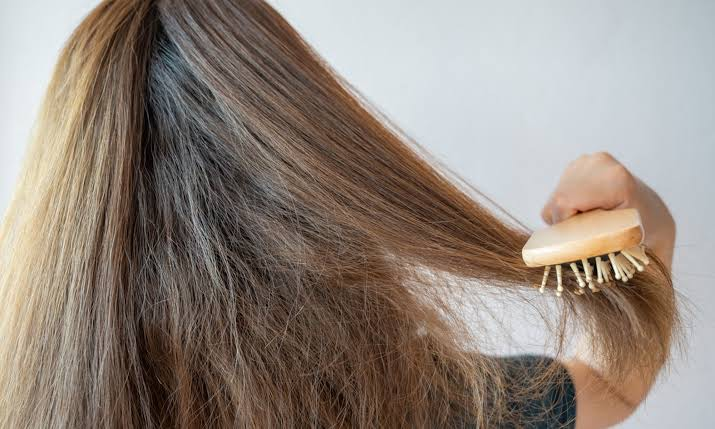
How to Treat Heat Damaged Hair?
Treatments for heat damaged hair might differ based on your hair type and the extent to which your hair is damaged. However, here are some tips to treat your heat damaged hair:
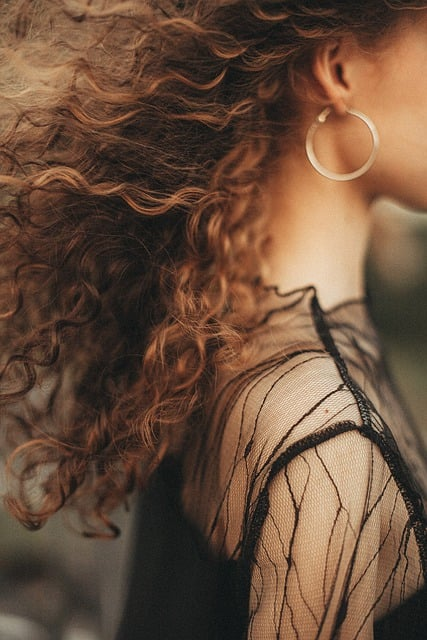
Moisturize Your Hair
If your hair is frizzy or tangled, and the texture has changed due to heat damage, fixing heat damaged hair requires you to moisturize your hair and seal moisture into your hair follicle.
Using hair masks and deep conditioning treatments that contain moisturizing ingredients will greatly help your hair return to its bouncy shape. Conditioners with ingredients such as shea butter, argan oil, coconut oil, avocado, or aloe vera are great options to consider for your hair treatment.
If your heat damaged hair is caused by the excessive use of chemicals and hair coloring, deep conditioning treatments can help fix your hair. Also, you want to avoid using heat styling tools or washing your oil after perming your hair.
Additionally, you should avoid applying shampoo on your hair daily so it won’t strip your hair of its natural oils. It is recommended to wash your hair with shampoo once every couple of days. Also, ensure you apply shampoo to the scalp and the roots of your hair.
Use Leave-in Protein Treatments
Heat damaged hair often lacks the natural protein required to strengthen and protect the hair. To fix this, you want to focus on restoring the natural protein of your hair, especially if it is long-term heat damaged hair.
Leave-in protein treatments that have ingredients like yogurt, olive oil, and honey will help strengthen your hair’s natural protein bonds. You can also use conditioning sprays to repair broken hair bonds in the hair follicle.
Trim Split Ends
While trimming split ends won’t treat frizz and dryness, it can make your hair appear less damaged. It is also recommended if you notice your hair doesn’t align at some point.
You could consider going to a professional hair stylist to help trim your hair. The benefit of this is that your hair looks healthier and thicker without any split or swollen ends.
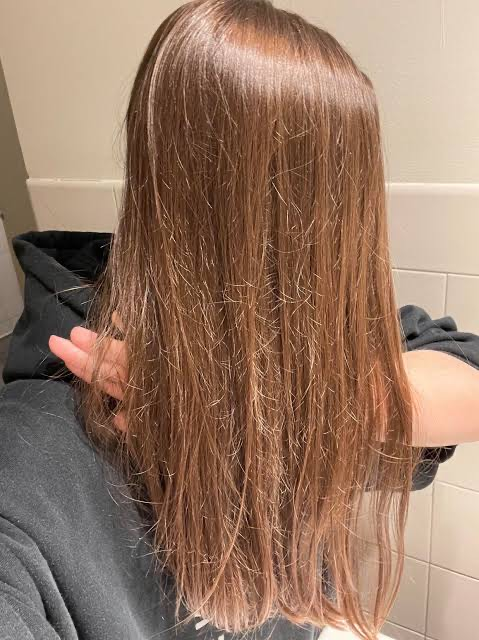
Use Bond Repair Treatments
Deep treatments are highly recommended if your hair has been damaged completely. Using bond-building products targets your hair’s internal structure compared to other products that only treat the surface level.
Bond-building products are often more concentrated on repairing heat damaged hair compared to regular deep conditioners. Bond-building products work best because they contain proteins, hydrogen, and amino acids that help treat your hair.
While you might want to use hair masks, reduce your heat styling sessions, and trim your hair regularly, bond-building treatments are more effective for the repair of heat damaged hair and make your hair more resistant to future damage.
Use Heat Protectant for Your Hair
Another way to repair heat damaged hair is to use heat-protectant products that can help shield your hair from heat damage.
This is highly recommended if you are constantly exposing your hair to heat from heat styling tools, blow dryers, high temperatures, and chemical products.
You want to apply the heat protectant on your hair before using hot tools. Sometimes it doesn’t matter if your hair is damp or dry, instead what matters is that you use the heat-protecting products before using any curling irons, blow dryers, or hot tools on your hair.
Then, you apply the product on your hair section by section to ensure it is evenly distributed.
Apply Nourishing Oils
Applying oils can help fix heat damaged hair by providing the right nutrients and moisture your hair needs. Some oils are specifically targeted at providing the hair with the right care and moisture, so you want to get those.
Applying oils that are specifically targeted at treating heat damaged hair is recommended. Also, you can consider other specialized formulations that treat hair frizziness or dryness.
Change Your Hairstyle
You also need to opt for low-heat hair styling to fix your heat damaged hair. Instead of using curling irons for curly hair, your hair stylist might opt for heatless curling by wrapping your hair around a foam curler overnight.
Opting for heatless hairstyles might take longer than the quick heat hair styling that you’re used to. However, you’re going to get a better result that won’t cause hair damage.
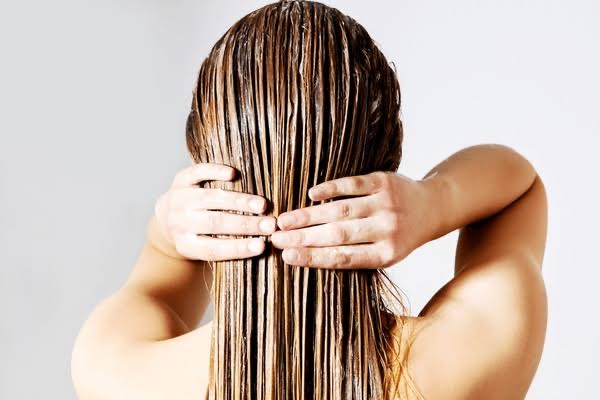
Effective Tips to Help Prevent Heat Damaged Hair
The best way to avoid dealing with the stress and emotional breakdown of seeing our beautiful hair get damaged is prevention. You want to protect your hair, but most importantly, you want to make your hair resistant to heat damage.
Here are a few tips to help prevent heat damaged hair:
Limit Your Use of Hot Tools
You want to ensure that your hair isn’t constantly exposed to high temperatures because they damage it.
Opting for heat-less styling methods is also effective. Instead of blow drying, you can opt for air drying so that the heat your hair is exposed to is limited.
Never Style Damp Hair
You shouldn’t style damp hair with a curling iron or straighteners because they can damage your hair and even cause it to tangle or lose its shine.
You can consider using a microfiber towel after washing your hair to help it dry faster and limit the time you spend under the blow dryer.
Spray Hair Protectant
You want to spray a hair protectant that contains keratin and silicone ingredients on your hair to help seal your hair cuticle and make it more resistant to heat damage.
Before styling your hair with any hot tools, spray your hair protectant first.
Use Hot Tools with Temperature Control
If you are going to use styling tools for your hair, then you want to invest in high-quality flat irons with temperature control that won’t cook your hair.
Your hair needs styling tools that the heat level can be easily adjusted and controlled so it doesn’t suffer any heat damage.
How Long Does It Take to Repair Damaged Hair?
Heat damage is irreversible and might take years to be corrected.
While there isn’t a specific day or week that your hair will get completely fixed, sticking to the treatment and preventive measures provided above will put you on the right track. It might even take longer to fix heat damaged hair, depending on the intensity of the heat damage.
You want to be consistent with the treatments you apply to your hair. Your hair won’t get 100% restored if your hair’s natural protein bonds and cuticles have been damaged by the heat.
Wrapping Up
You don’t have to completely avoid styling your hair because you want to prevent heat damage. The secret is ensuring that you invest in the right tools and nourishing products that will protect your hair elements and prevent breakage.
Although it might be impossible to correct your hair completely after it has been altered by heat damage, sticking to these treatment and preventive options can help enhance your hair’s health.
Hope you found this content helpful. Share your thoughts in the comment. Don’t hesitate to share your e-mail with us to stay updated on our latest blog posts.
[ad_2]